Building a PC from Scratch
The computer parts for my new PC arrived two days ago and I would like to share with you how I build my new PC. This article covers the hardware part of building the PC. It obviously does not end with that. The PC needs at least one operating system and most users who have been using an older computer want to transfer data from the old to the new computer. I'm currently in the process of installing the operating systems, will take a while.
The first thing that I did when the packages with the PC parts arrived was to check if everything was there and it it was the correct component. Nothing is worse than to find out that a component is missing when you're in the middle of building the PC. I normally put everything on a table and make a quick check that I got everything that I need to build the PC.
Building a PC is much like a puzzle. You got finite parts and need to place them in the right location of the computer case and connect each and every piece properly to get a PC that is working and booting. Before I start adding pieces to the PC case I divided them into primary and secondary components.
Primary PC Components:
- Computer Case
- Motherboard
- CPU
- CPU Cooler
- Power Supply
- Thermal Grease
- Case Fans
Secondary PC Components:
- Memory
- Video Card
- Hard Drive
- Sound Card
- Other Cards
- CD and DVD Drives
- Mouse
- Keyboard
- any other external device
The reason why I'm dividing the components up is because the primary components are harder to assemble than the secondary ones. You can add the video card and remove it in a matter of seconds but you cannot do that with the CPU if the CPU cooler has already been placed on it.
I usually start with the computer case and the power unit. The computer case normally comes with a lot of screws that are needed for various parts. The problem with the power unit is its size mainly. If you have other components in the PC you might have troubles placing it in the right location. It is usually connected to the PC with four screws.
The next part is in my opinion the part were many things can go wrong. I'm talking about the motherboard. Some builders prefer to add components to the motherboard when it is outside of the computer case because they have additional free space to add the components that way. It cannot rest on the tower directly and you have to place standoffs between the motherboard and the case. The standoffs have to be in the location that corresponds to the holes in the motherboard because you will use screws to firmly place the motherboard on those standoffs.
This part is really important, especially for those builders who place the motherboard in the computer case and add other components afterwards. Some computer parts need a little bit of pressure to be properly put in place. If you do not use enough standoffs you can break your motherboard quite easily if you apply to much pressure. The more standoffs the less the chance that it breaks.
Most motherboards come with their own back panel that needs to be switched with the default one from your computer case before connecting the motherboard to the computer. The back panel contains all those USB and sound device connectors from the motherboard.
When the motherboard is in place I connect the wires from the computer case to the motherboard. The wires are used to power certain buttons and lights on the computer case, for example the Power button. You need to consult the motherboard manual to find the proper place for them.
After that I add the cpu first. Again, that is a easy task. Just consult the motherboard manual and it will tell you exactly how it is done. It comes down to raising the socket laever, lifting the metal load plate and placing the cpu in the correct position. The cpu displays a tiny triangle on one edge and that triangle is aligned with the pin one corner of the cpu socket.
I then apply the thermal grease to the cpu and place the cpu cooler on top of it. This can be quite tough depending on the type of CPU cooler that you bought. Just read the instructions properly and you should be fine. The cpu cooler is usually connected to four holes that are next to the cpu.
And that was the hardest part of assembling the computer. It really comes down to these few components that can make or break the computer. Everything else is just a matter of placing the cards in the correct slots of connecting drives to the computer.
I can understand that most users do not want to build a computer because of fear that they break something. Another fear is connected to the different parts one has to buy in order to build the computer.
The whole process is not that difficulty if you read the manuals properly and use the above build order. Last but not least, here are the components that I finally purchased for my computer. It is not the fastest computer but it can do everything that you need to do, play games, watch videos, work with it.
- Intel Core 2 Duo E8400 CPU
- Arctic Cooling Freezer 7 Pro CPU Cooler
- Gigabyte GA-EP35-DS4 Motherboard
- MDT DIMM Kit 4096 MB PC2-6400 CL5 DDR2-800 RAM
- Seasonic S12II-500 ATX PSU
- Samsung Spinpoint F1 1000 GB SATA II Hard Drive
- Lian Li PC-A09B Computer Case
- Leadtek PX8800GTS TDH 512MB Video Card
- Creative SB X-FI XtremeMusic Sound Card
It took me roughly 2 hours to build the compute and it started immediately after connecting the power unit. Now I had experiences in the past where that was not the case and it usually comes down to checking all connectors making sure everything is connected properly.
A friend of mine prefers the minimal approach. He only connects the primary components first, that is computer case, power unit, cpu, cpu cooler, motherboard, video card and ram and tries to boot the PC. If the PC boots he knows that everything up to this point is working nicely. He then adds one component at a time until every component has been added to the computer.
You do not need a degree in computer science to build a PC. It all comes down to reading the manual properly and the correct build order.
Advertisement




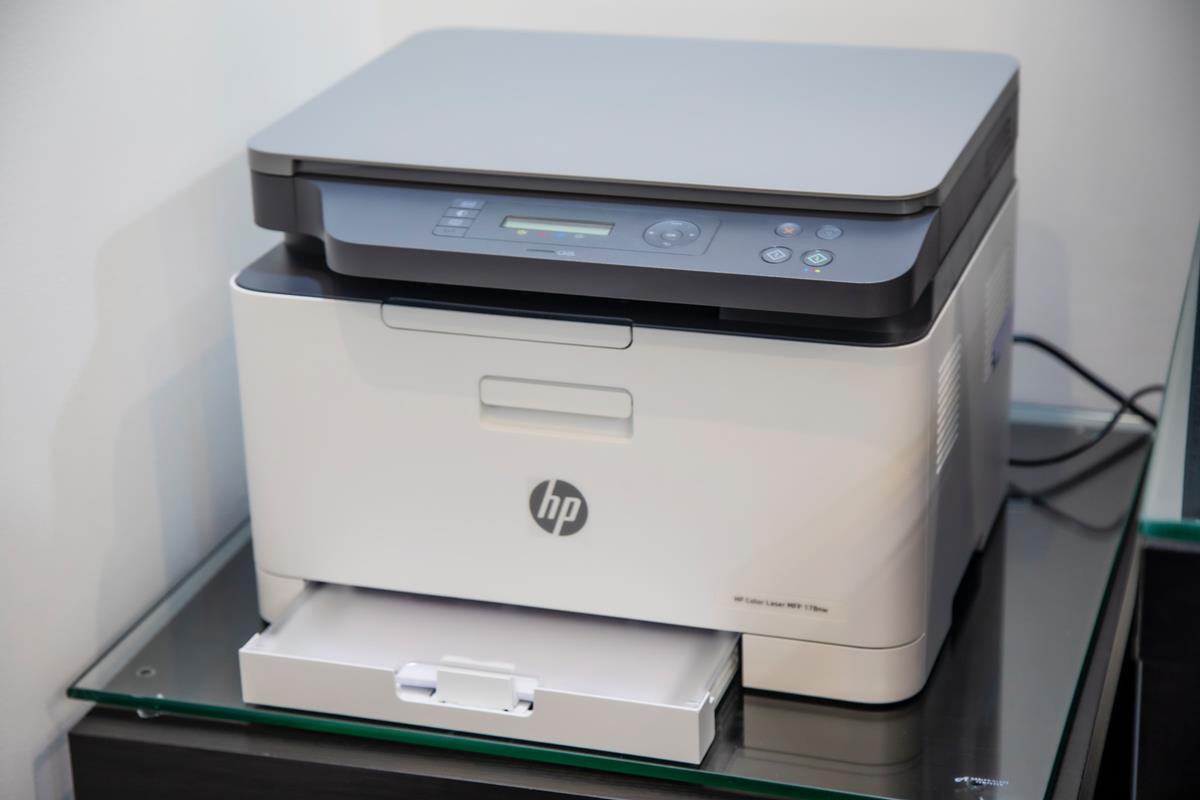
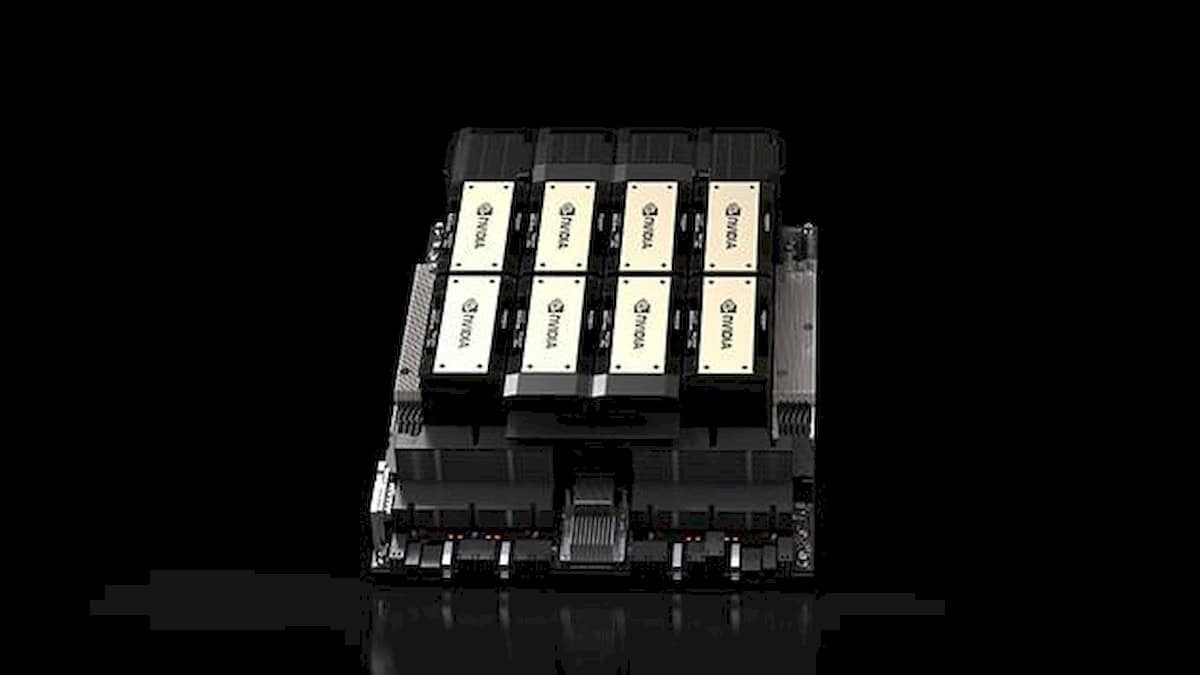
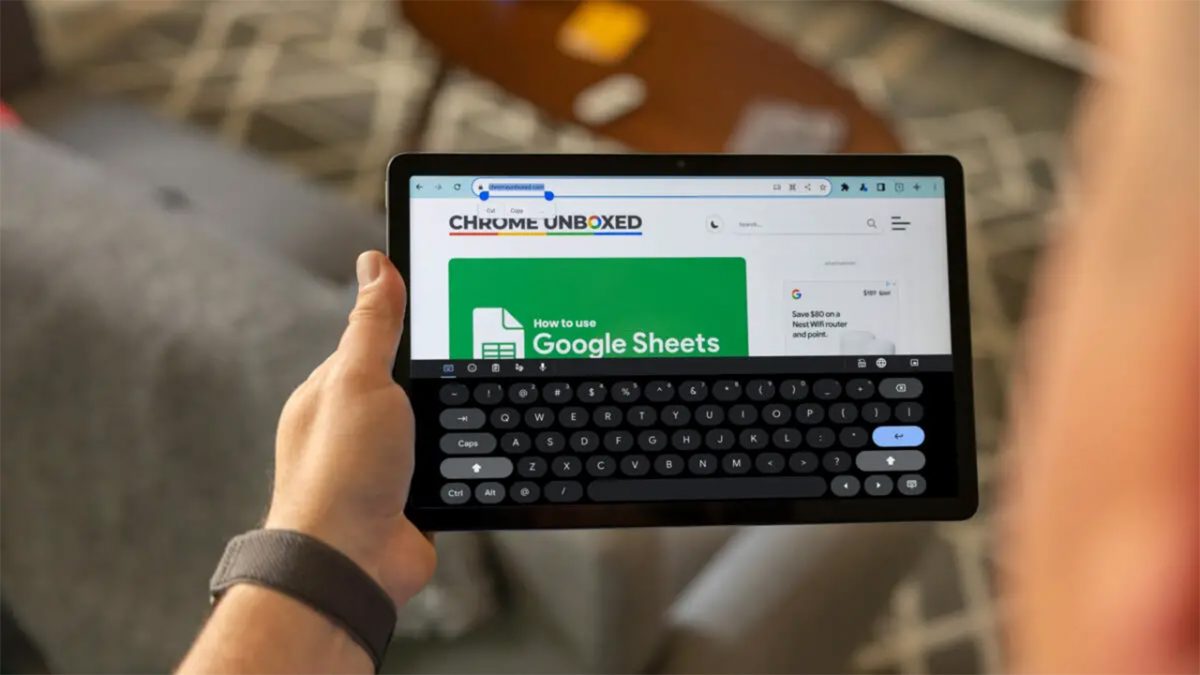
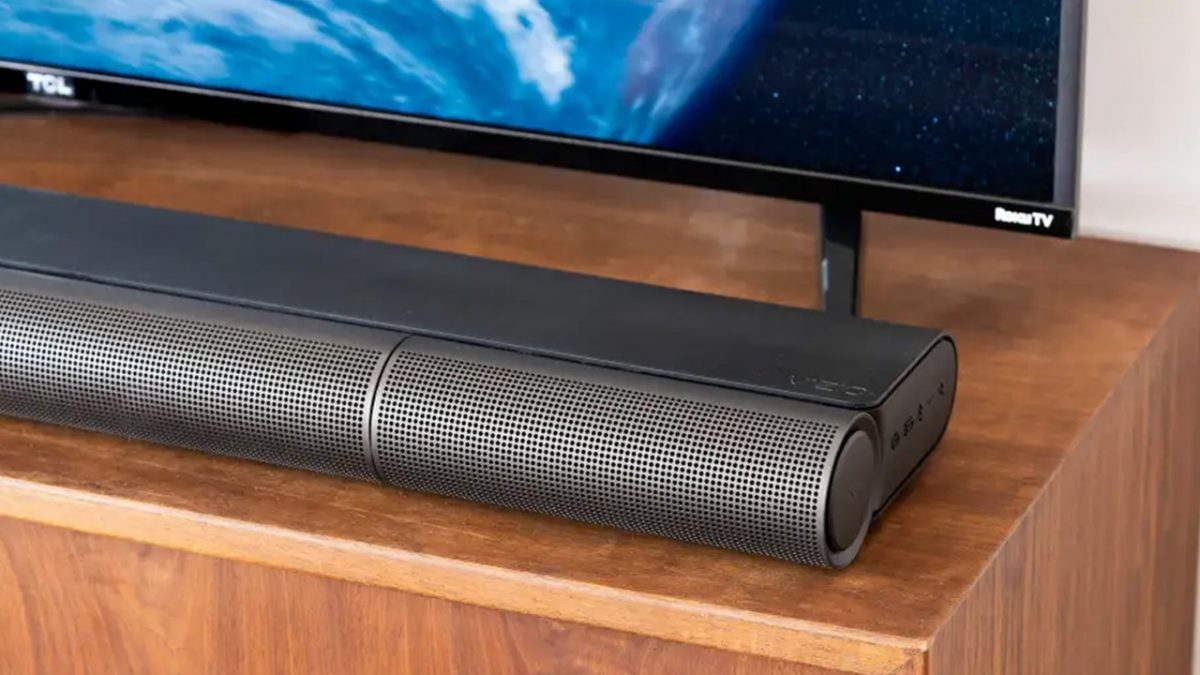
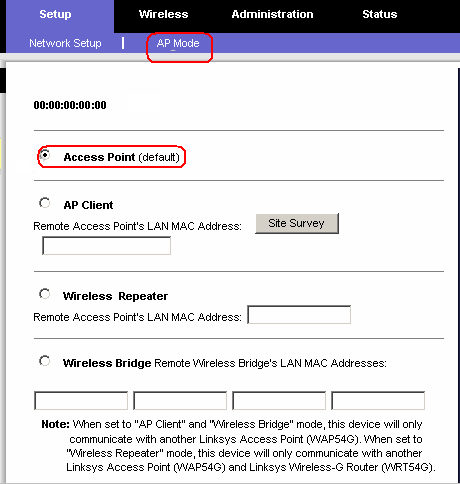
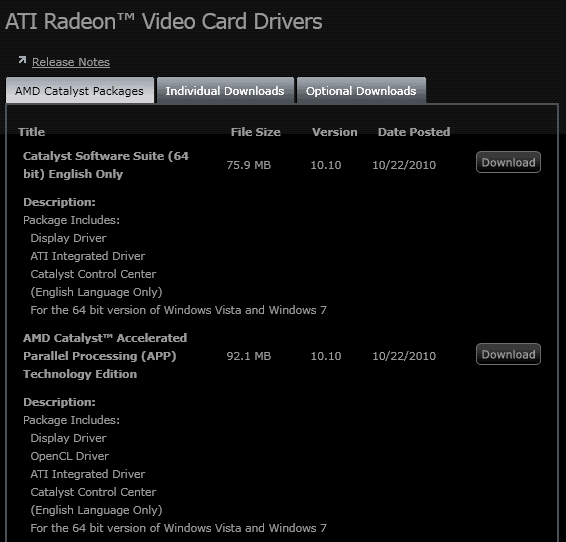











I did start with Windows XP SP3 because I need it for work. I already partitioned the hard drive 300MB / 700MB and will install Linux on the bigger partition soon.
I will not overclock the PC because I do not need the extra power.
I’m slightly curious about the next part of your setup especially (not for the tutorial, but I’m just curious about your config):
– Which OS (OSes) do you install… dual-boot?
– Partitions and filesystems – how do you manage HD space
– Overclocking?
Just curious, but what operating systems are you installing? Also what are some of the programs you are installing that you regularly use?
I’d suggest that you run Coretemp (http://www.alcpu.com/CoreTemp/), at least for the 1st couple of months, to keep an eye on CPU temps.
Al yes I will write about my testing procedure and software installations later this week. And memtest86 is definitely a software that I will mention ;)
Hi Martin,
A few notes to your excellent write up:
1) A little thermal paste goes a long way. Also, silver bearing paste needs a few break in cycles to do their best. After heating, the PC turns off and cools to room temp before you turn it back on. If you keep your PC on all the time you need to do that over the first week or so.
2) After you are done I strongly recommend running something like memtest86 to test memory. I have seen many systems with “flaky” behavior turn out to be infrequent memory problems — bad timing in the BIOS, bad memory, memory not seated etc.
Vincenzo yes I did use thermal grease. The cpu cooler had already some applied to it but I removed it from there and applied Artic Silver 5 thermal grease to it. It is normally good for a few degrees in comparison to the default pads or grease that is applied to the cooler.
did you use some thermic grease? which one in particular?